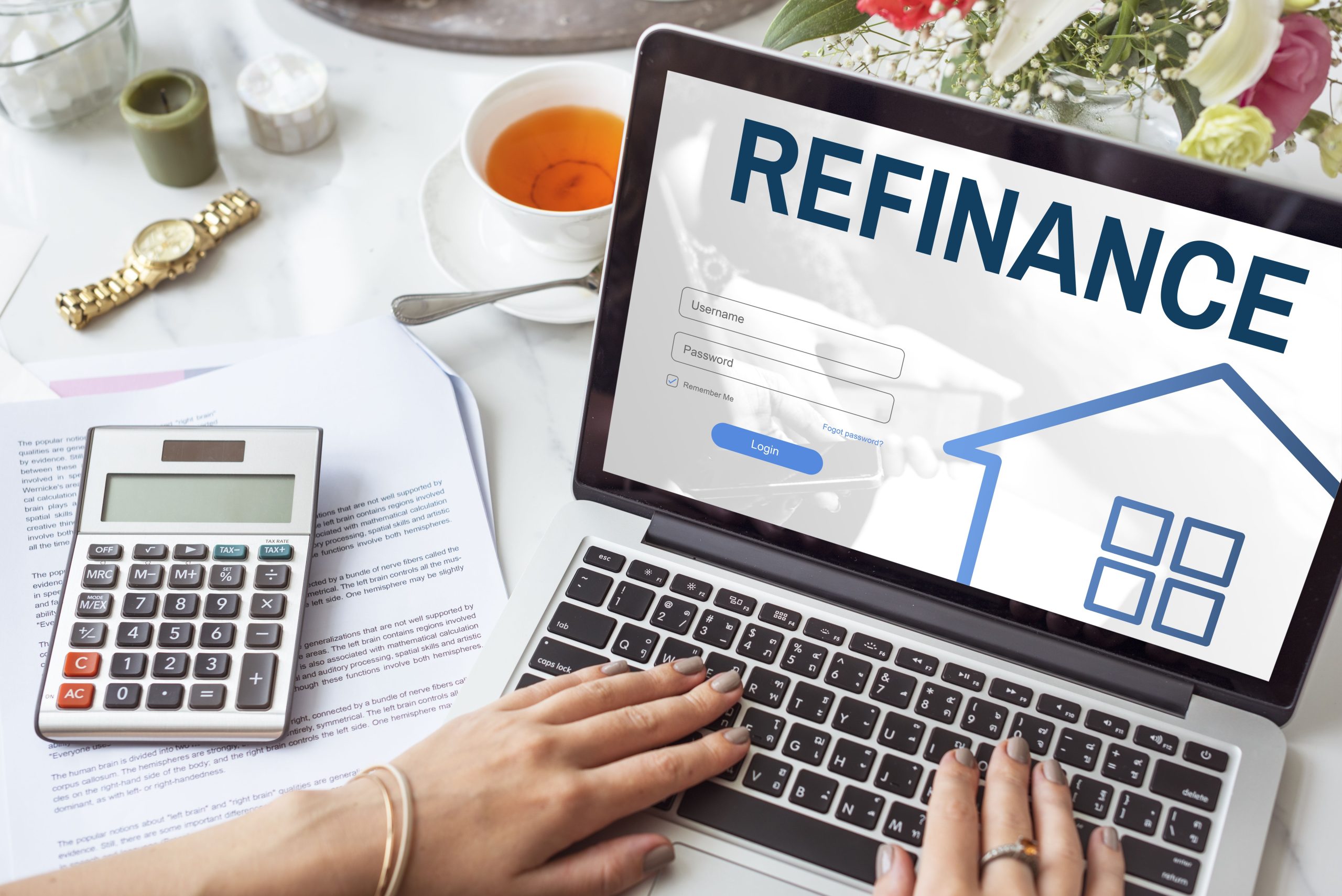At Reliant Mortgage, we understand that loan officers are the backbone of the mortgage industry…

How an Organized Move Will Make Your New House Feel Like Home Fast
Buying a new home is one of the most exciting, yet overwhelming, things you’ll do. Once you’ve closed on your house and the moving day arrives, the hardest part is knowing where to start with unpacking and settling in. This is why we’ve collected the following tips, so you can start adjusting to your new home and new community as quickly as possible.
Plan Your Projects
Most new homeowners plan on making some improvements, even if you aren’t doing major remodeling. You won’t do everything all at once, but it’s good to have a general idea about which projects you’re planning so you can prioritize them. For example, if you’re going to repaint the walls, try doing so before you arrange all your furniture to avoid paint damage. Simple updates to the kitchen and bathroom (e.g., replacing fixtures) can be done anytime, but more major upgrades like cabinetry should be completed as soon as possible.
Unpack with a Strategy
For any space that you don’t expect to change right away, you’ll want to have a strategy in place for unpacking. The first thing to do is give every surface a thorough cleaning. This way, you know you’re getting a fresh start; plus, your new house will smell like your home when you use your favorite cleaning products.
When you’re ready to actually unpack boxes, give priority to the rooms you’ll need most in the first few days. This typically means that unpacking the bedroom, kitchen, and bathrooms should be high on your priority list — because, of course, everyone will need a place to rest, grab a shower, and make a cup of coffee!
As you continue unpacking over the first few days and weeks, it’s also smart to make a plan for organizing. Besides the obvious things that need to be put away, a good unpacking strategy should include areas that are easy to overlook but that you will really appreciate having organized from the start. For example, Moving.com recommends coming up with a cord management solution, designating a linen closet, and catchalls for clutter in the entryway.
Tackle Those To-Dos
While you’re unpacking and concentrating on the necessities, Real Simple suggests pulling out some sentimental items, such as a houseplant or your favorite scent. This is the fun part of moving — and it’s what makes your house feel like a home. And even though the fun stuff is part of the process, don’t overlook the responsibilities you need to tackle, too.
One of those responsibilities that new homeowners don’t always think about is getting to know local regulations. For example, auto insurance requirements may be different from the previous state you lived in (if moving to a new one). Get to know the minimum requirements to help you decide whether it’s time to upgrade to full coverage or do away with the coverage you no longer need.
If you live in a no-fault state, you’ll be insured with personal injury protection (PIP). This means that if an accident occurs, medical expenses will be covered for you, regardless of who was responsible for the accident. You also have other forms of coverage to choose from; contact various insurance companies to compare your options and rates before deciding on a policy. Some of the other responsibilities to remember include setting up utilities, changing your address, and changing your home’s locks.
Get to Know the Neighbors
As much time as you spend working on your new home, the easiest way to settle into the neighborhood and community is to get outside. Get outdoors to do some gardening, or take a walk around the block for some exercise.
After all the stress of home buying and moving, settling into your new home is the best part. It may not feel like home at first, but don’t worry! Once you’ve made a dent in the pile of boxes, the big empty space will transform into the home you’ve had your heart set on.
Photo credit: Rawpixel
Thank you!
Natalie Jones
natalie@homeownerbliss.info
homeownerbliss.info




